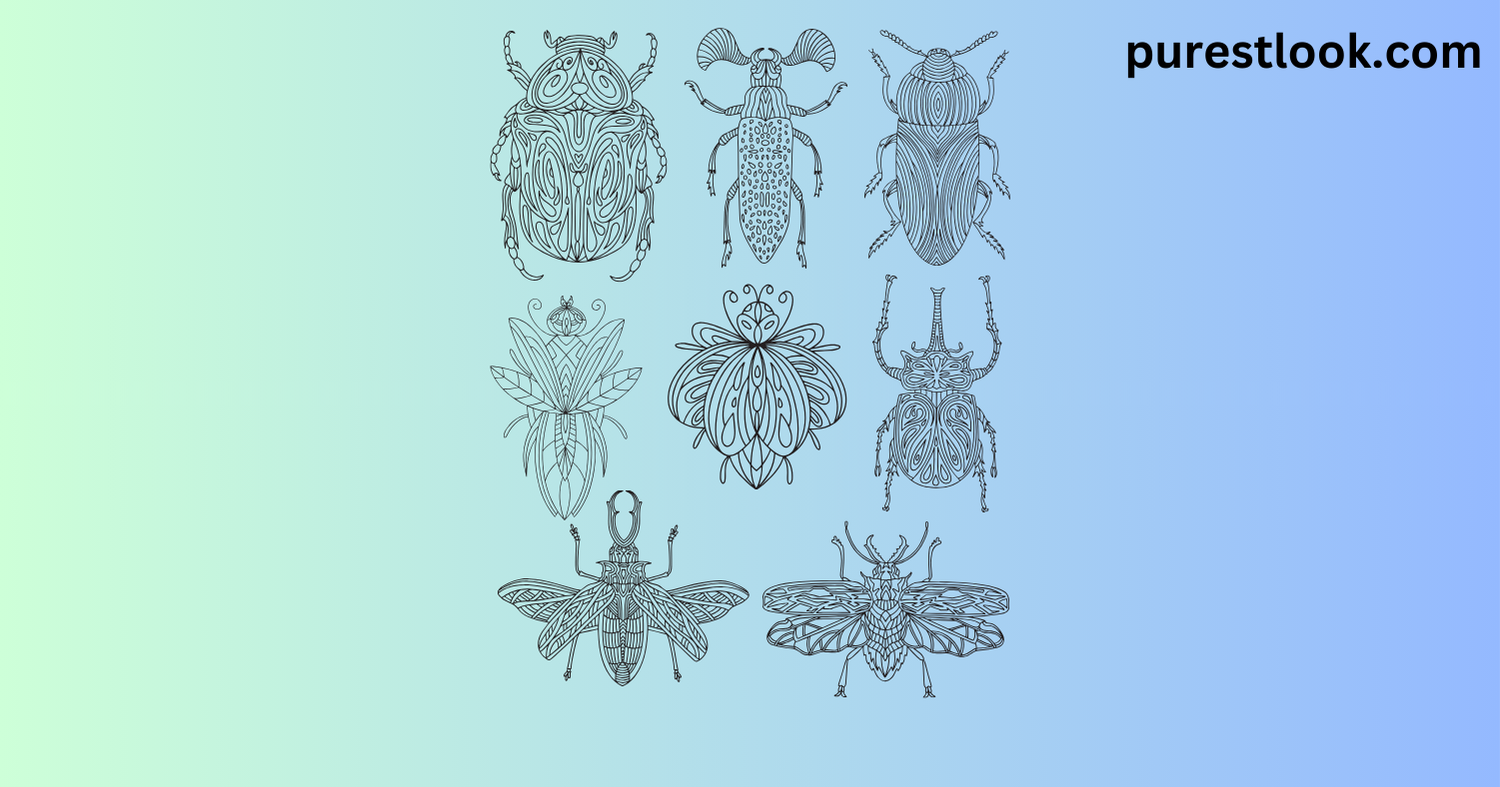Cockroaches are among the most recognizable pests due to their distinct features and behavior. Knowing what they look like can help identify an infestation early.
General Appearance of Cockroaches
Cockroaches have flat, oval-shaped bodies with six legs and long antennae. They come in various sizes and colors depending on the species, often ranging from light brown to dark brown or black.
Common Physical Features
- Head: Small and tucked under a shield-like pronotum.
- Eyes: Large compound eyes providing excellent vision.
- Wings: Some species have wings, but not all cockroaches are good fliers.
- Legs: Equipped with spines, aiding in fast movement.
Types of Cockroaches and Their Appearance
American Cockroach
- Size: 1.5 to 2 inches.
- Color: Reddish-brown with a yellow band behind the head.
- Features: Wings present, capable of gliding short distances.
German Cockroach
- Size: 0.5 to 0.6 inches.
- Color: Light brown with two dark parallel stripes on the pronotum.
- Features: Prefers warm, humid indoor areas.
Oriental Cockroach
- Size: 1 inch.
- Color: Shiny black or dark brown.
- Features: Wingless females; males have short wings.
Brown-Banded Cockroach
- Size: 0.5 inches.
- Color: Brown with light-colored bands across the body.
- Features: Often found in high, dry areas like ceilings or behind appliances.
Lifecycle of Cockroaches
Egg Stage
Cockroaches lay eggs in cases called oothecae, containing multiple eggs. The shape and size vary by species.
Nymph Stage
Nymphs emerge from eggs, resembling smaller, wingless adults. They molt several times before reaching maturity.
Adult Stage
Mature cockroaches are larger, develop wings in most species, and reproduce prolifically.
How to Identify Cockroach Infestations
Physical Signs
- Droppings: Small, dark, and cylindrical.
- Egg Cases: Found in hidden corners.
- Smell: Musty odor in infested areas.
Behavior Clues
- Nocturnal activity.
- Quick movement when exposed to light.
Common Habitats of Cockroaches
| Species | Preferred Habitat | Common Hiding Spots |
|---|---|---|
| American Cockroach | Warm, damp areas | Sewers, basements, kitchens |
| German Cockroach | Warm, humid indoor environments | Bathrooms, under sinks, near food |
| Oriental Cockroach | Cool, moist places | Drains, crawl spaces, gardens |
| Brown-Banded | Dry and elevated areas | Ceiling corners, behind wall fixtures |
How to Prevent Cockroach Infestations
Keep Your Home Clean
- Regularly sweep and mop floors.
- Store food in sealed containers.
- Remove garbage daily.
Seal Entry Points
- Fix cracks in walls and floors.
- Repair broken screens and door seals.
Monitor Moisture
- Fix leaks promptly.
- Use dehumidifiers in damp areas.
Conclusion
Understanding what a cockroach looks like helps in recognizing and managing infestations effectively. By knowing their features, habitats, and behavior, you can take preventive measures to keep your environment pest-free. For severe infestations, professional pest control services are highly recommended.
FAQs
What Does a Baby Cockroach Look Like?
Baby cockroaches, called nymphs, are smaller, wingless, and lighter in color than adults.
Do All Cockroaches Have Wings?
Not all cockroaches have functional wings. Some species, like the Oriental cockroach, have underdeveloped or no wings.
How Big Can Cockroaches Get?
Cockroaches vary in size from 0.5 inches to 2 inches depending on the species.
Can Cockroaches Fly?
Some species, like the American cockroach, can glide but are not strong fliers.
How to Get Rid of Cockroaches Naturally?
Natural remedies include using diatomaceous earth, boric acid, or essential oils like peppermint and tea tree oil.
